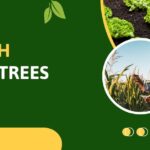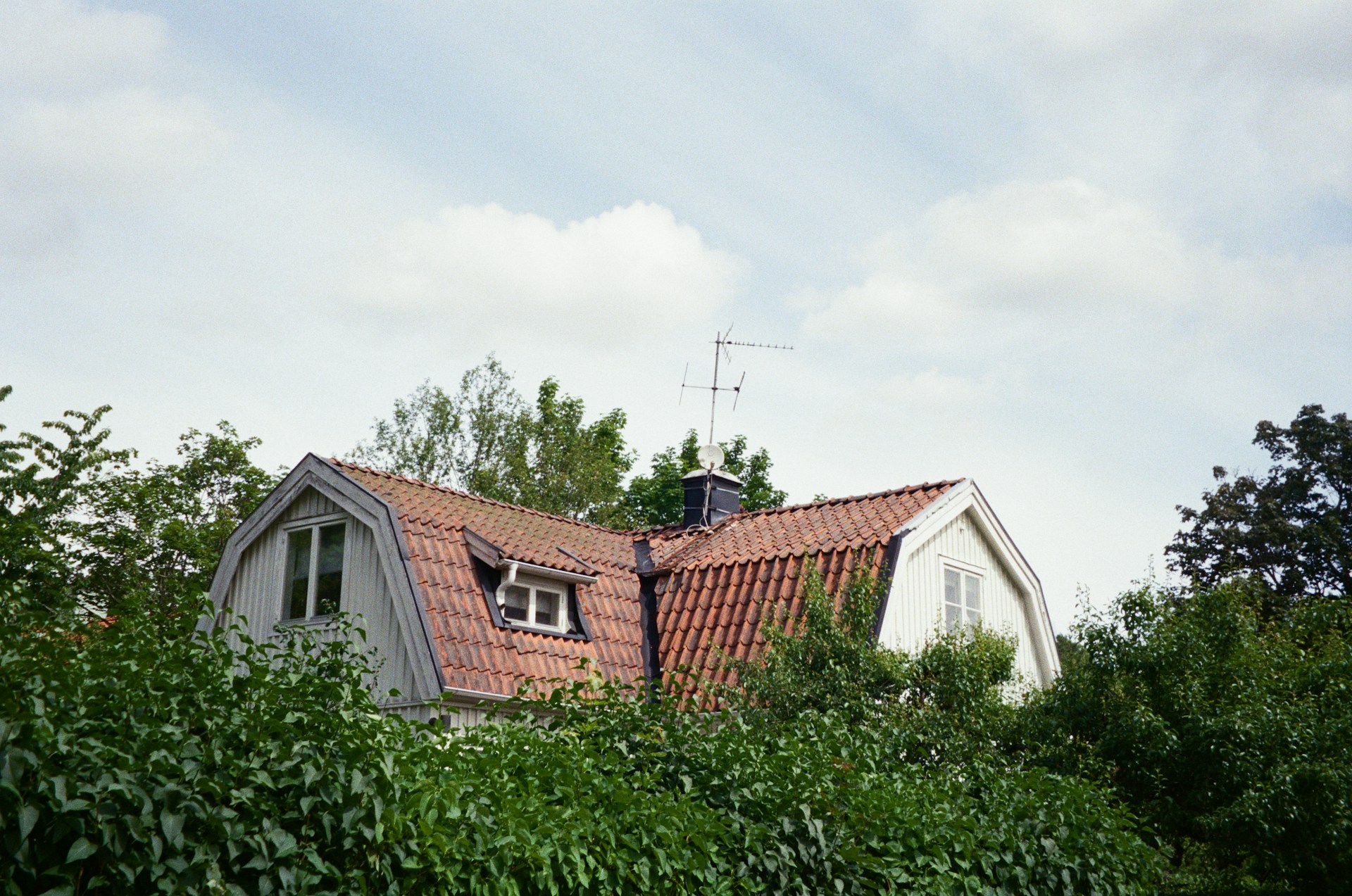Masako Miyazaki is currently living in California, furthering her studies at Stanford University. She studies the various ways we come into being. And by we, I mean everything. She takes a closer look at the process and not the end product.
Masako’s Artist Statement:
If extremes mark the outermost bounds, then the space within consists of everything we may know. My work focuses on the forms that emerge and dissipate in this immediate space. I study the lifespan of stones, teacups, traffic jams, forests, Super Bowls, storms, and guerrilla wars. With all things being ephemeral, my work is an awareness of my own lifespan.
Being bilingual and of a person of two cultures-Japanese and American-I am aware that language radically alters perception. The quality of things change as I switch between languages-color bend, impressions shift, and time signatures of people, objects, and situations fluctuate. Words are but weak lassos around a world in constant change. The edges of things are temporary outlines as contours form where forces meet, shifting and advancing in endurance.
I strive to capture the temporal nature of life’s living mass not through a single image but through several scales and perspectives. Hence, the serial nature of my drawings. I also work with animation to understand how things are organiz-ing rather than what is being organized. Both in still and moving work, my intentions are to study what sort of developed senses we have about movement, and by doing so, to further examine the language of movement.
What motivates/inspires you to create your art? Any specific driving forces?
It’s a number of things, but a main one would be the curiosity of finding or experiencing something different for myself. Although I wouldn’t turn down a trip to a metropolis, mountain top or the center of a tornado, I don’t have to go to grand places or great lengths to find this. It could be finding a visual language that I haven’t seen before or being surprised by an outcome of combining seemingly disparate ideas. To explain better, I have to tell you about a couple life experiences I had.
At one point I thought I wanted a PhD in psychology. It was a career change for me as I had gone to art school for my undergrad and had already kept a studio practice going in NYC for over 10 years (as reclusive as it was). The change in direction wasn’t based on running out of things to do in the art studio but it was more about finding who I was as a Japanese and an American self.
I got really into the psychological/philosophical/aesthetic aspects of both cultures and why they are often put at polar opposites to one another. I started to take prerequisite classes and eventually made my way to work at a research lab at Stanford University that focused on the emotional differences between Asian and western cultures. (broad strokes, I know) In a very practical way, I got to know what research was like and how it contributed to the scientific community’s knowledge base.
What also dawned on me was how locked in and tightly focused research at the PhD level really was. I wasn’t opposed to the commitment of how much work it required but it had more to do with how I learned. I struggled staying within the boundaries of the discipline, meaning, I had difficulty knowing where psychology stopped and philosophy began, or how far into sociology or history to go into to find more about human behavior. I kept running into these academic fences and departmental walls until I realized that my learning method is comparatively very nomadic and this was something that I wasn’t willing to give up in order to stay within academia’s methodology.
I kept pulling my own inferences that had more to do with my idiosyncratic reasoning’s than with building stable and logical arguments for science. Academia wasn’t going to be the best place to support this way of thinking. But the experience in research was incredibly insightful because I came out of it with this reinvigorated view that the world did need art. The artist’s studio was a place where one could pose questions that no other place would really support. And that these questions were just as rigorous, nuanced, and sophisticated, if not more, as those asked in a research lab. I had to go all the way into academia to find my way back into the artist studio.
Another experience would be watching a loved one die and almost dying myself. Not only for me, but I believe that many people encounter these critical junctures in their life to sort out what is important to them and what is less so. For me it was being hollowed out and faced with a choice of letting the world fill me back in. I’ve felt like I’ve been in bonus round ever since.
When did you realize that life was ever changing? When were you first aware of the lifespan?
It comes from being able to speak two languages and living in two different countries. I started to notice how colors and faces ‘felt’ different and my focus of attention would change ‘modes’ when I switched in and out of my Japanese and American self. Time would feel different. In respect to language, I became interested why some things could be explained in one language and not the other. A word was like a net to whatever it referenced in life—but when that thing started to become something else, the word net would eventually fail and the described phenomena would leak out. I was aware that both languages had different styles of nets to contain life in its momentariness. And it’s then, I think, I realized that life was always changing and becoming something else—when it kept escaping words. This has had a profound influence on my aesthetics because the order of things that each language imposes on life can be similar but also vastly different. What interests me now is all the stuff that neither language can quite capture. The muck. And how each language changes within itself in its cast of nets because of time passing in general for cultures as well as myself.
Do you sketch/jot down your ideas beforehand?
Yes. And I have tried so many strategies of trying to get a handle on this. For a while I had to write everything down on 3” x 5” pieces of white paper. So I have boxes of these stapled, filed, paper clipped, binder clipped, and loose pieces of paper. And then I tried using rolls of paper that were like 11” wide to capture the progression of an idea. And then I tried fancy notebooks. And then different colored 8.5” x 11” papers coded to categories of concepts. And then a number of apps on my digital devices. Lately I’ve been into just emailing myself with specific subject headings.
The majority of your subject matter is Universe based. How do you study it? For instance, are your resources/references books?
I think I answered some of this in question 1 and 3 maybe. John Dewey’s “Art and Experience” and various books on systems theory have been good fertile ground. I read sociology, philosophy and linguistics on aesthetics as well as…. well, actually anything. When I finally understood how statistics was done, I got really into reading about statistics as a concept. Very peripatetic reading. The internet is also my bitch. I feel like I haven’t looked at enough art or be as knowledgeable about other artists’ works.
What moment triggered the thought?
My background is in animation. During undergrad I was introduced to abstraction, particularly painters in their progression towards their abstract paintings, and at the same time I was watching experimental films of Man Ray and Norman McLaren. I was also introduced to the music of Steve Reich and the budding electronic music genre at the time as well as jazz. It came at a sweet spot for me because I was also taking my first philosophy and theory classes. I wanted to apply that rigor and all these things that interested me into animation.
In lieu of thinking about animation I started to think about motion itself. When I finished school I was really into the weather and so I studied exactly that. I schooled myself in how storms formed and wind pattern changed and about electrons shuttling around, etc. Japan has an acute fascinating with weathers and seasons as well. Then this research pushed me towards learning about systems and eventually about thermodynamics and energy flow. Energy is constantly materializing in some form or another and the experience is dependent upon our capacity as humans in the ways that we perceive it.
At the same time, I was reading Christopher Alexander’s “A Timeless Way of Building” and his writing on Pattern Language. Even though it is written with architecture in mind, the book continues to influence many different fields of thought. What was most influential for me is how he talks about the “center” of things—how an essence of something is stronger towards the center and it kind of fades and mingles with other essences. There is no clear boundary of where, say, a pond’s essence on a property ends. Does it end where the water stops? Or is it when the shrubbery becomes lower? Or when you can’t see it from your kitchen window? I guess this ties in with my answer to your question number 2. It’s the center of things that interest me more than its boundaries.
I personally, love to go out into the world and just stare. Stare and study. Do you do the same? In order to create your next piece of work?
That’s what was so great about living in NYC. It’s a place sopping with narratives. In a way, I’d walk through NYC sort of like I’d walk through a forest. Camping is also an inspirational source. Rich signals everywhere. In regards to my work, I really try not to fall into the pit of simulating nature or illustrating nature. It sounds corny, but I try to be nature as much as I can. My barometer with my work is to compare it with a walk outside. What can I do that a walk outside in its abundance of detail and being does not cover?
At a certain point I felt it was time to move away from NYC and try other places. In doing so, I finally learned how to drive—driving always terrified me. I wanted to experience different rhythms of life. I live in California now, which is a first for me to be on the west coast, and I love it. But I also sense that I’ll be moving soon to another place with different light and rhythms. What I’m trying to say is that I see different things now in different situations and configurations.
Going off on your mention of staring, I think it’s really important for me to be zoned out sometimes. I thought it was boredom at first, but it’s not. It’s hanging out even for just 10 minutes that may make all the different in understanding things. I’m not sure if it’s staring that I do but I definitely space out and feel that it’s important to studying things. Maybe I’m just fooling myself…
Do you ever experiment with color?
All the time. I love color. But I end up working monochromatically anyway. Right now, I gravitate to formal issues in my work which inevitably, for me, is best studied in greyscale. Color becomes too distracting. I’ve been introducing bits of color, though, with my installations as well as some silkscreen prints that I recently finished. Some of the projects on the horizon I sense will bring more color in play.
What idea do you want to send your audience away with?
I want them to see that they are made of the same processes in the work or recognize themselves in the pieces in some way.
How much time do you spend on one piece?
It varies. I’ll spend a long time with a concept but the execution in itself can be done in minutes. My mother is a calligrapher and so I think the disciplined spontaneity of it influenced me at a young age. There’s so much work done behind the curtain. With more recent work, I’ve been wanting to work more slowly to explore what that might bring about.
Do you work on several simultaneously?
Yes. I will work on several pieces at once in a body of work, as well as have a number of bodies of work with different concepts sitting in the studio with me. With regards to working on several pieces at once within a single body of work, it’s because I want to see iterations or expressions coming from a certain concept. I’m not trying to capture everything in one image. Which is exactly what I do not want to be doing. It’s more about capturing something across many images.
Working with animation must provide a whole new perspective. Tell me a little more about that and how you are able to understand how things are organizing versus what is being organized.
I think a lot of emotional strife comes from needing to say what something is. And this happens both on a personal and interpersonal level. I know this sounds terribly general but I believe that so much disagreement comes from this way of looking at things where there is a desire to name things. I’m not saying that it shouldn’t be done because it is a natural thing that happens. I just think there is so much to learn in the building quality of things in relation to one another that is more interesting to me right now. It’s mainly a question of why things happen and how it pans out is what’s more captivating. It’s also a way for me to avoid thinking that I already know something. If I study how say an apple comes to be, and how it goes to not being, then I feel like I know so much more about that apple.
Have your experimented with other forms of motion? Studying groups of people in a social environment, for example?
I think motion permeates everything. Or motion is everything, I should say. So it isn’t that I just focus on nature as in a plant or a rainstorm, but I also perceive people as storms and plants in themselves. Watching the way people behave has everything to do with understanding the human condition. We are made of the same processes. I’ll read about sociology and history as much as geology.
“For once all desires are quenched, there would be no more life.” I love that you stated this. I do believe that if we are all satisfied, there would be no life to live. Do you have any thoughts on what comes after? Have you thought about what more there is to study? Or to depict in your art?
I have absolutely no idea what comes after or if this is even the way to go about thinking. This is an ontological question. I can’t know so I think I find a comfortable acquiescence in this. The only thing that I feel like I do know is that I’ll be something else, whether it be part of a plane’s wing, someone’s tune that they whistle, a hot reflection off a car’s hood, the tip of a bug’s antenna, or magma. I’m just a ball of particles held together for a finite amount of time. It’s fine. I’m not sure if there is anything more than this but I’m inclined to say no. But, yes, I do want to depict that in my art that I can’t know everything.











